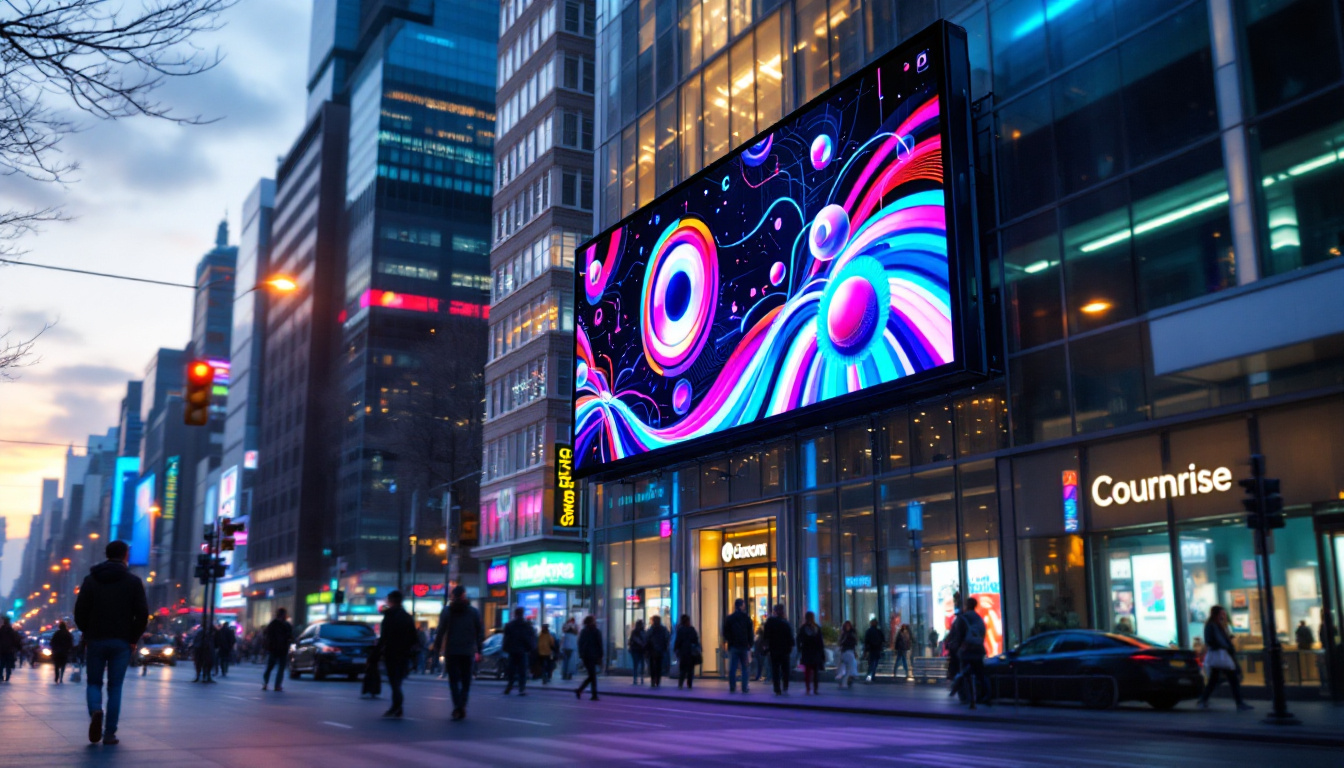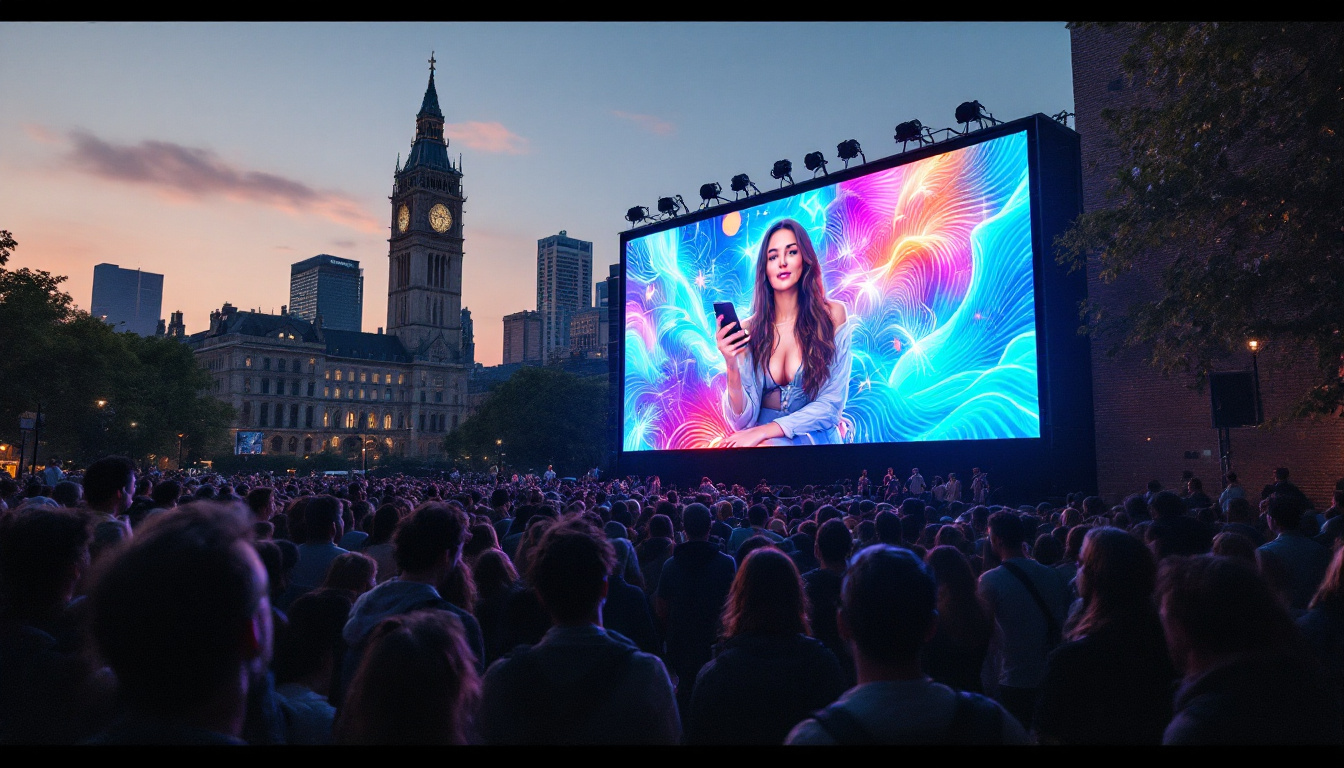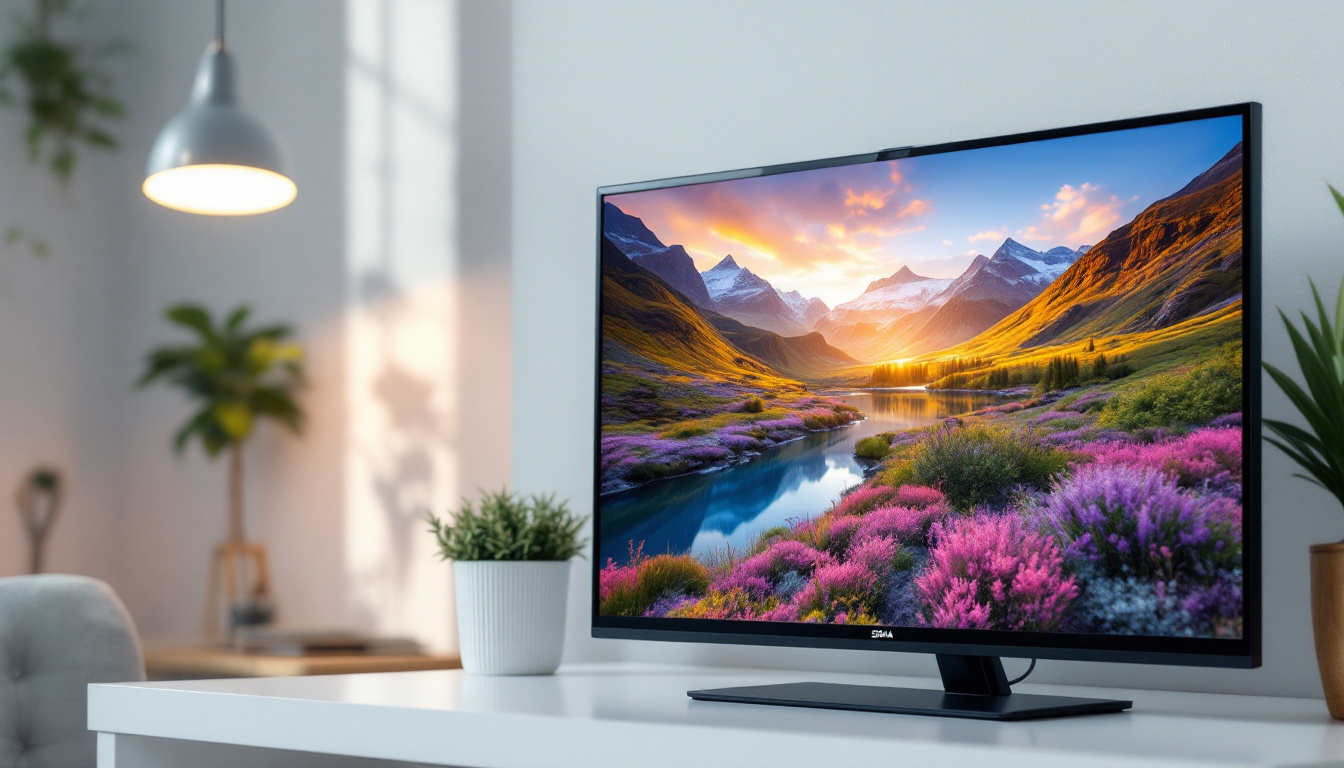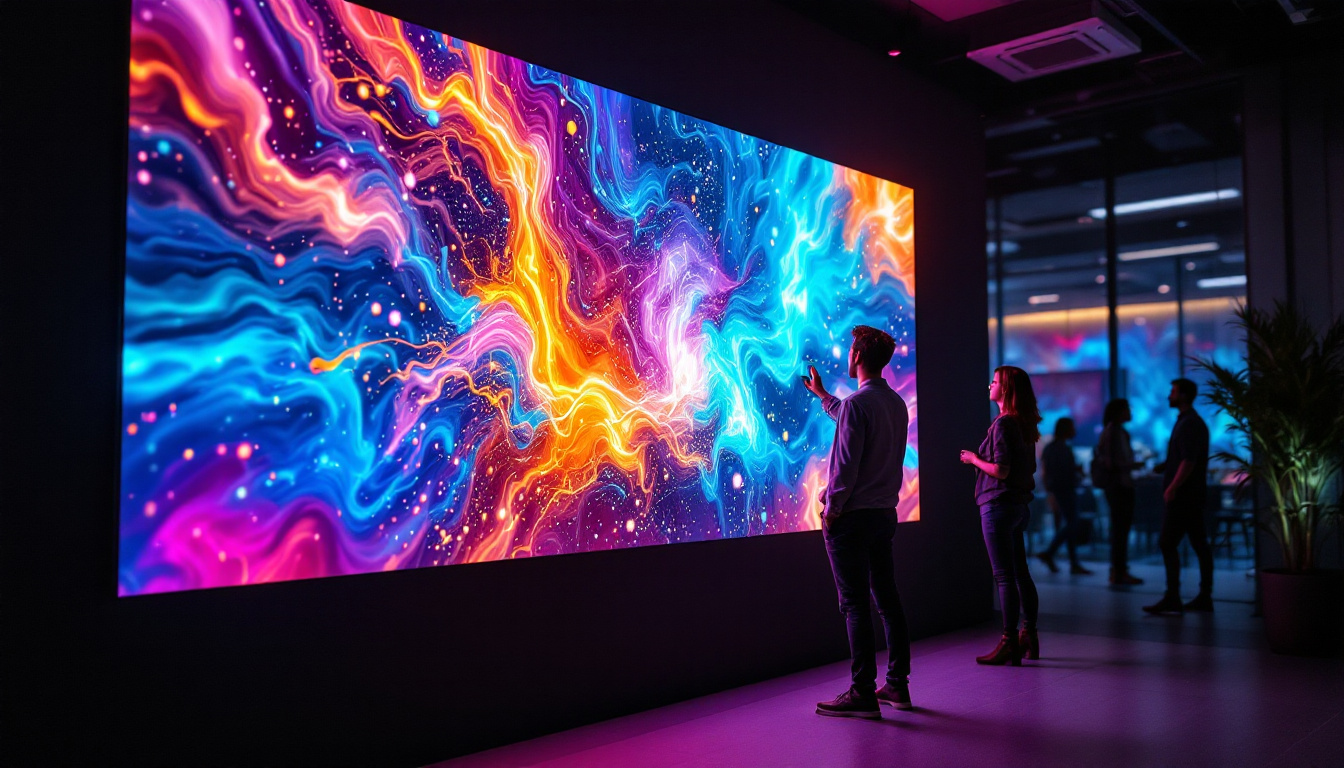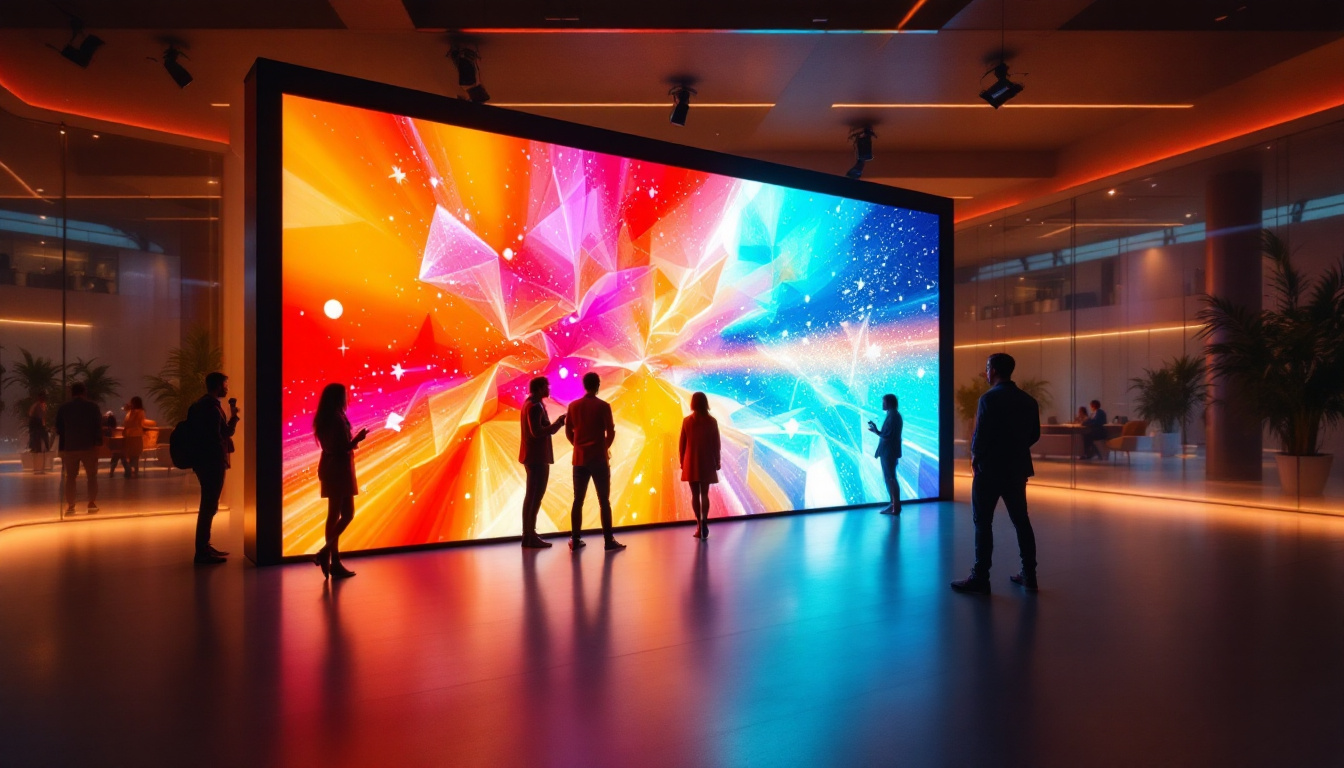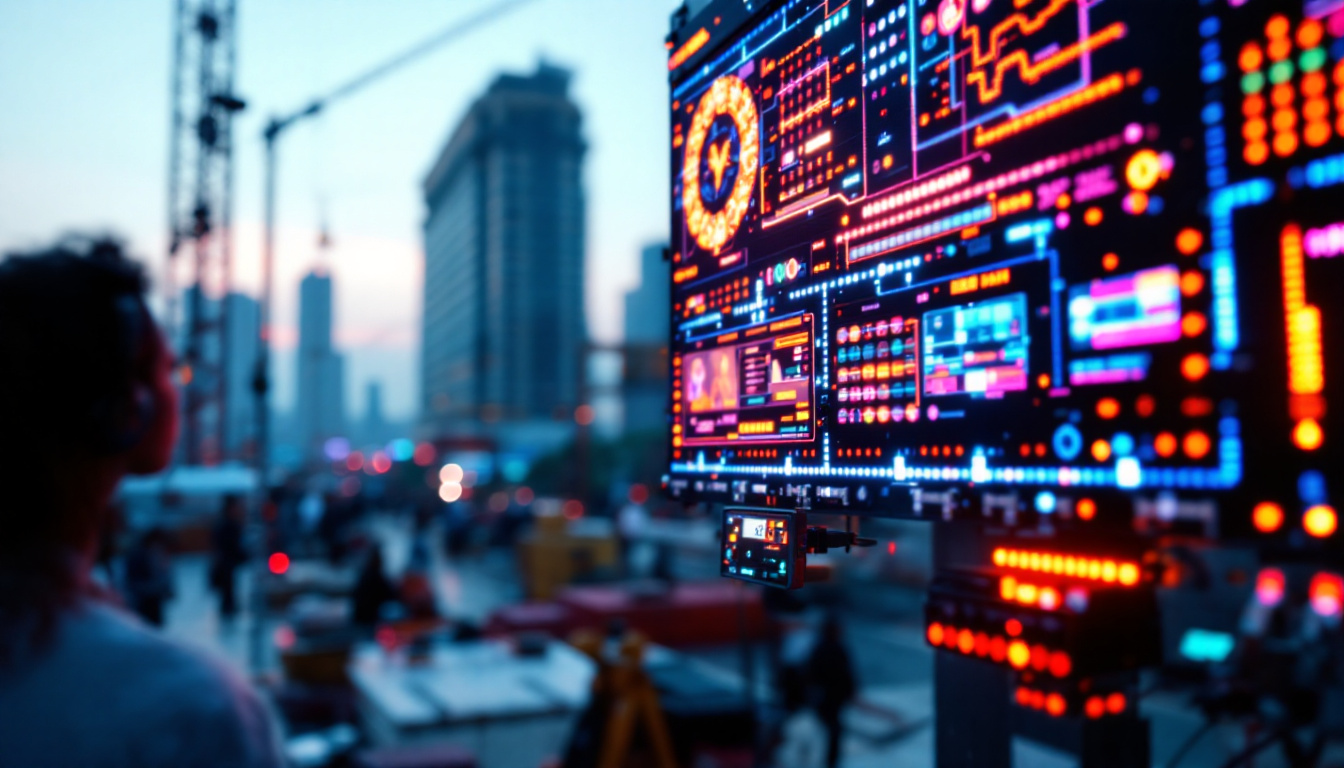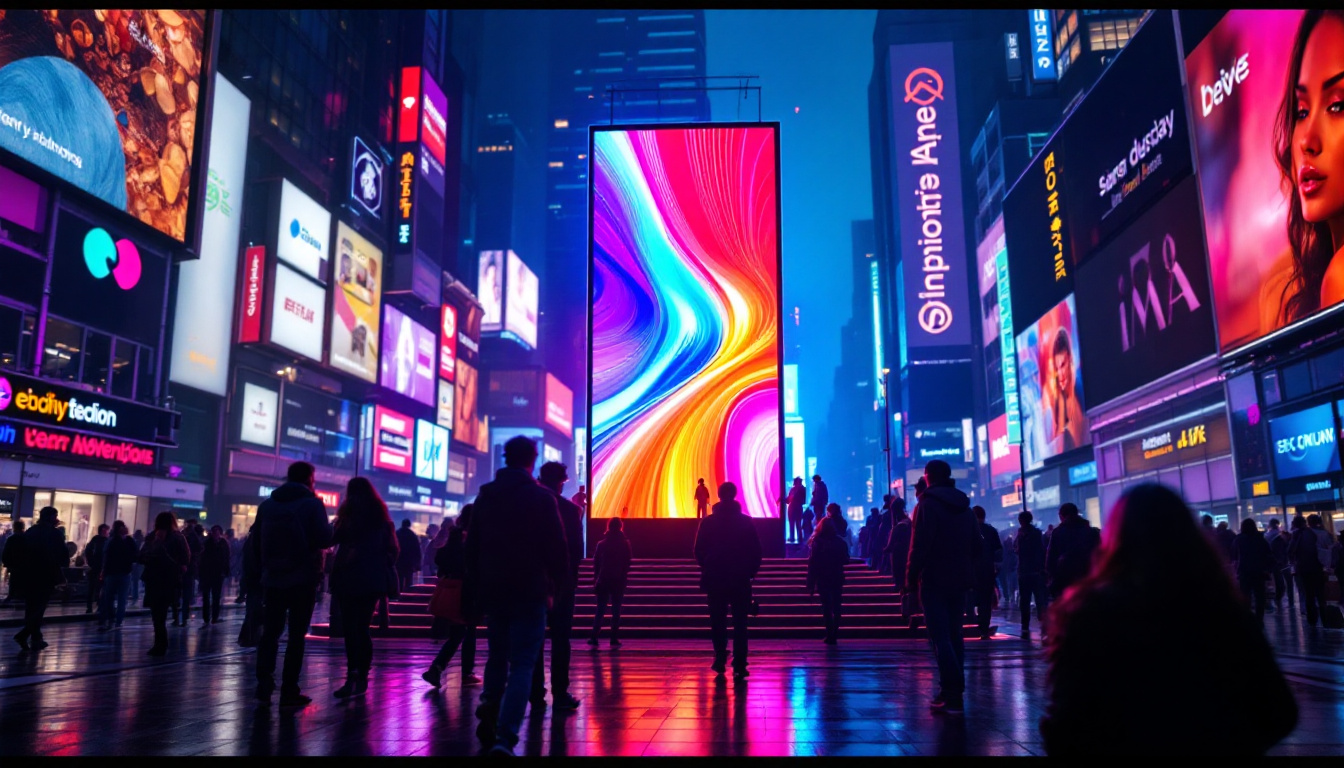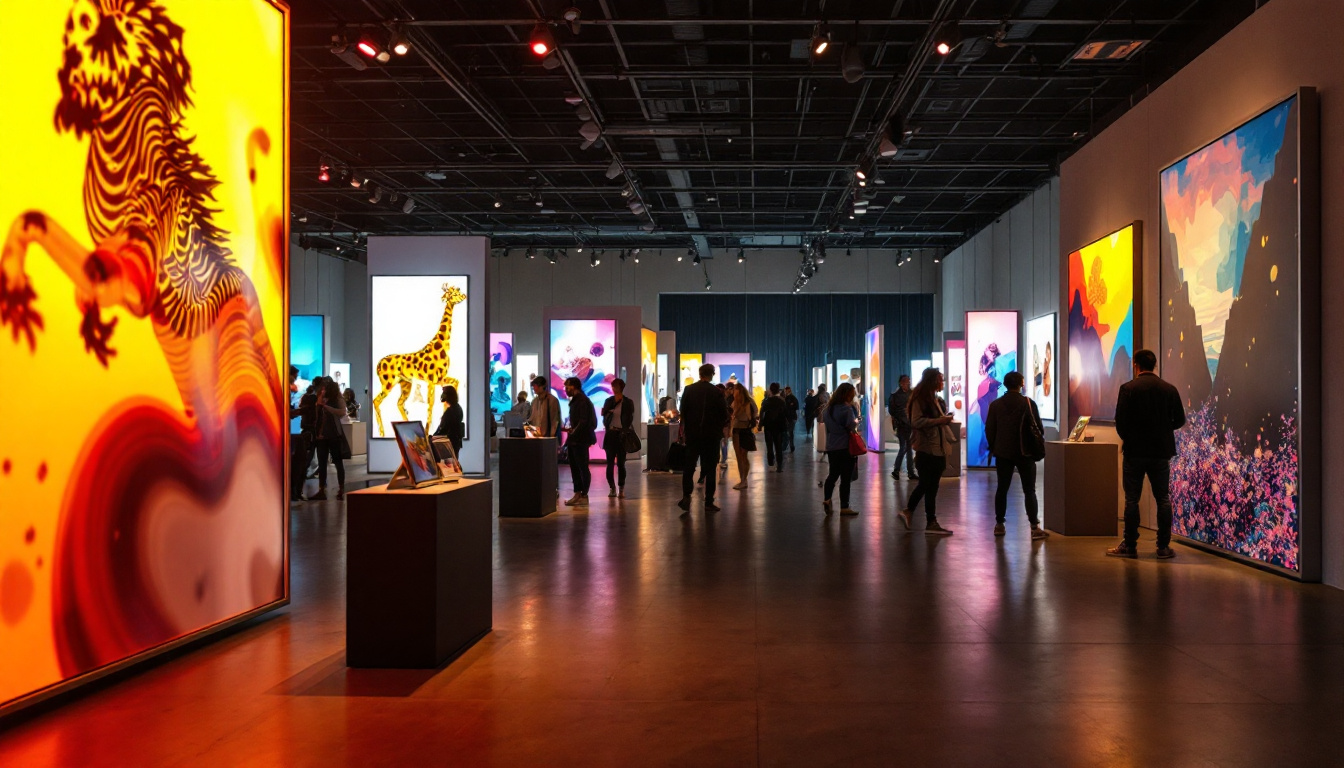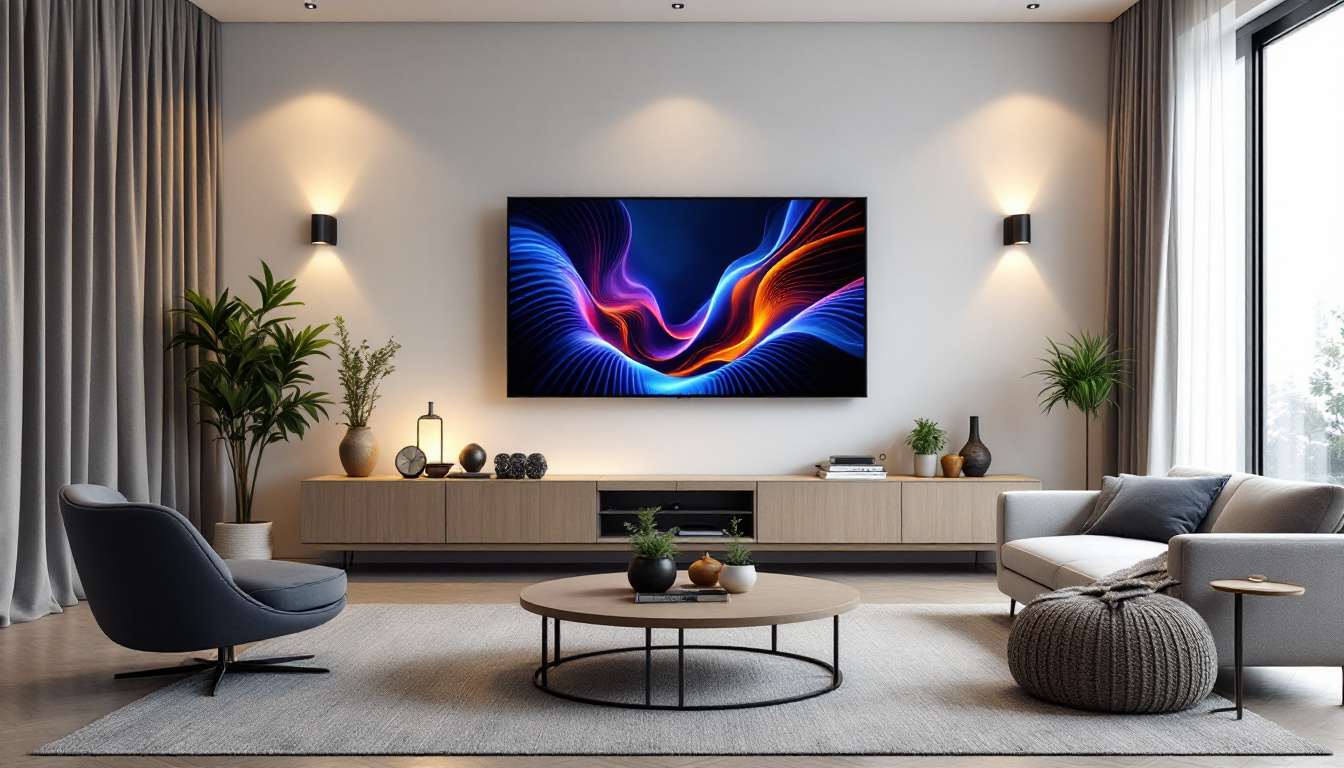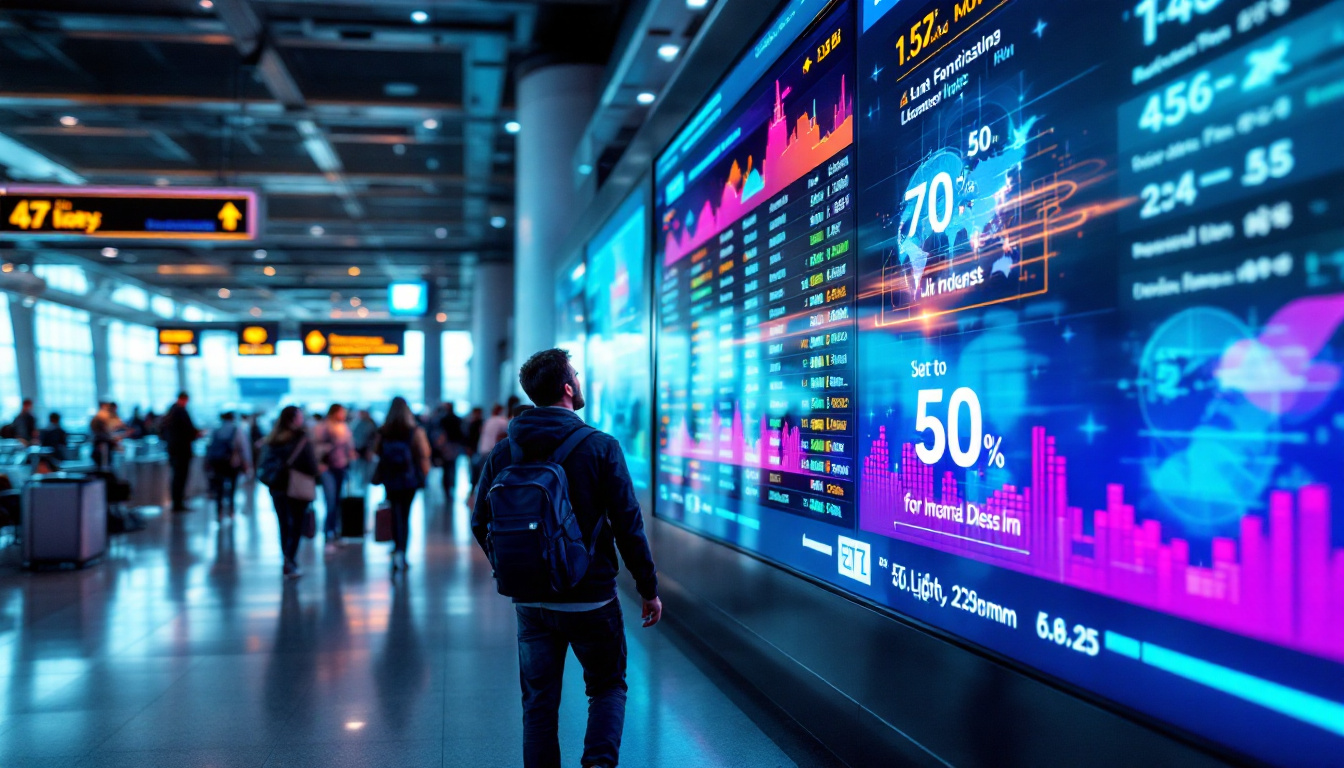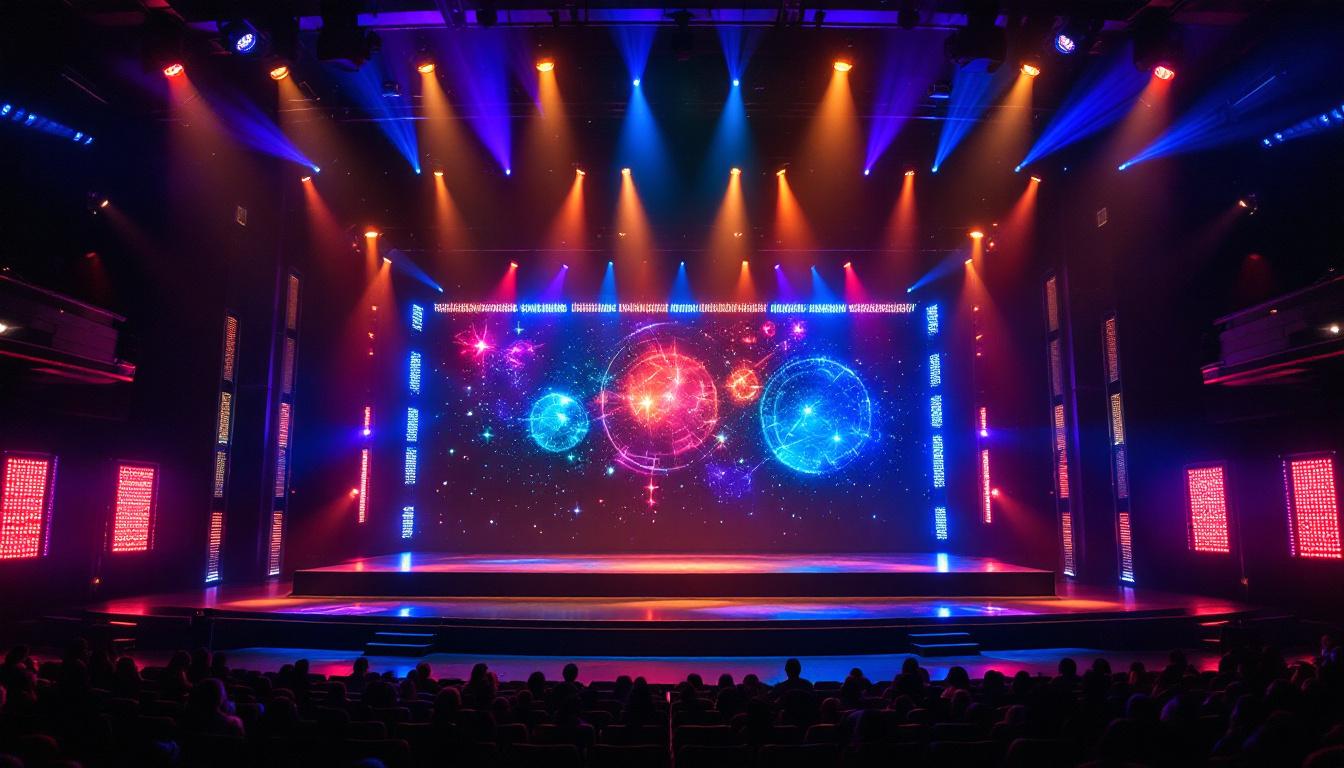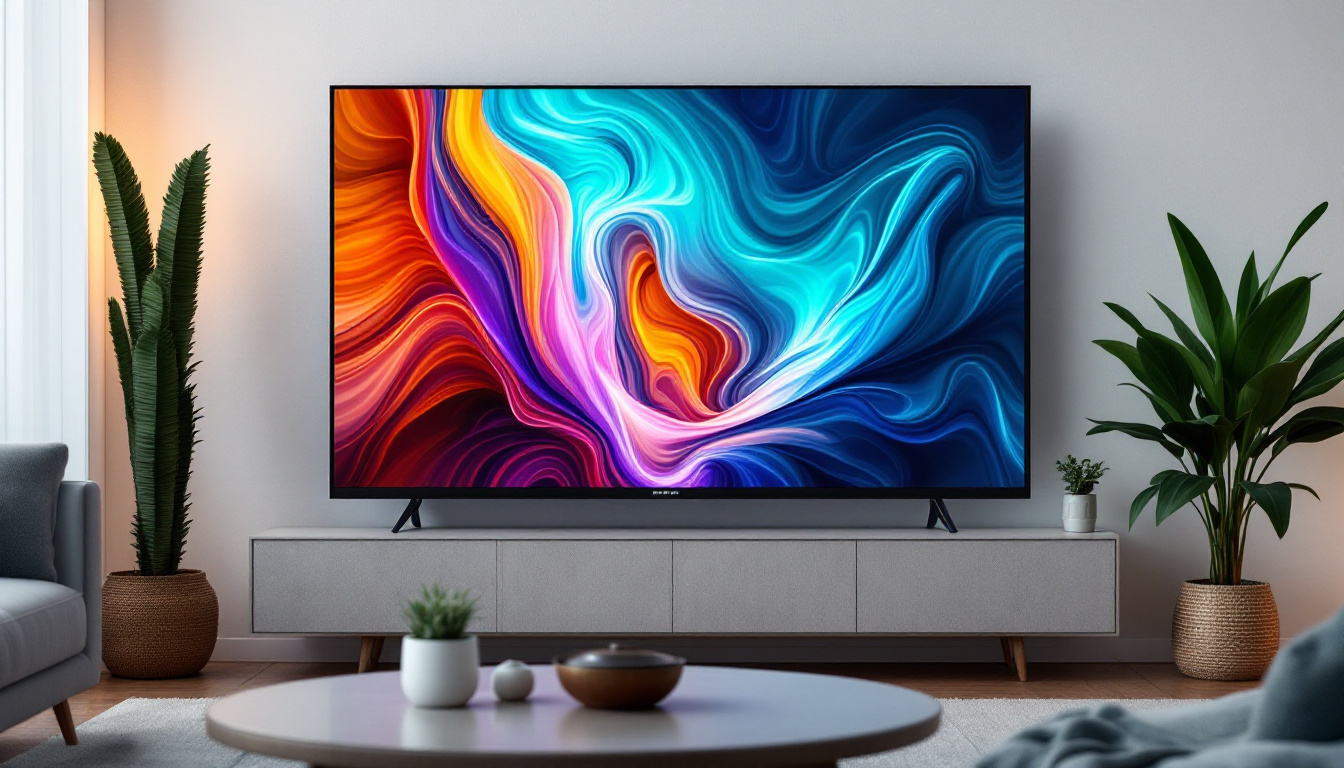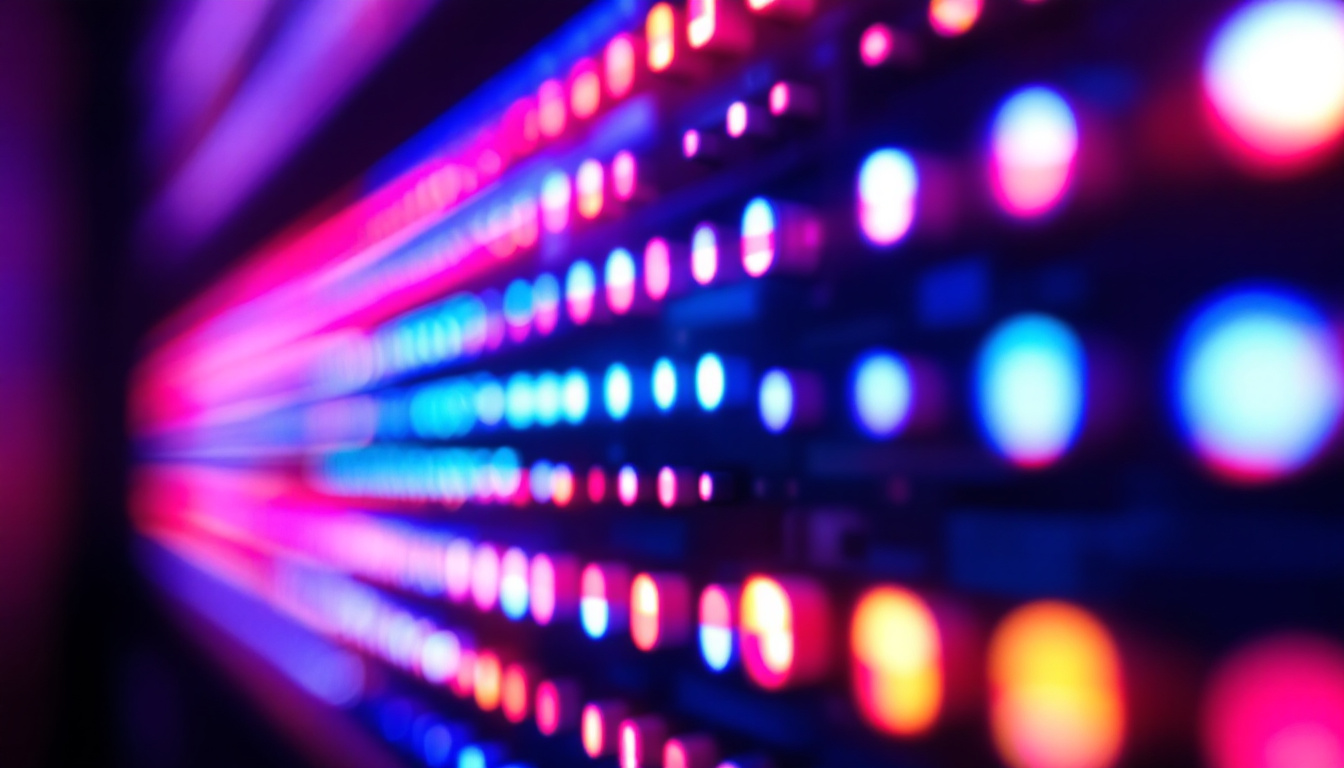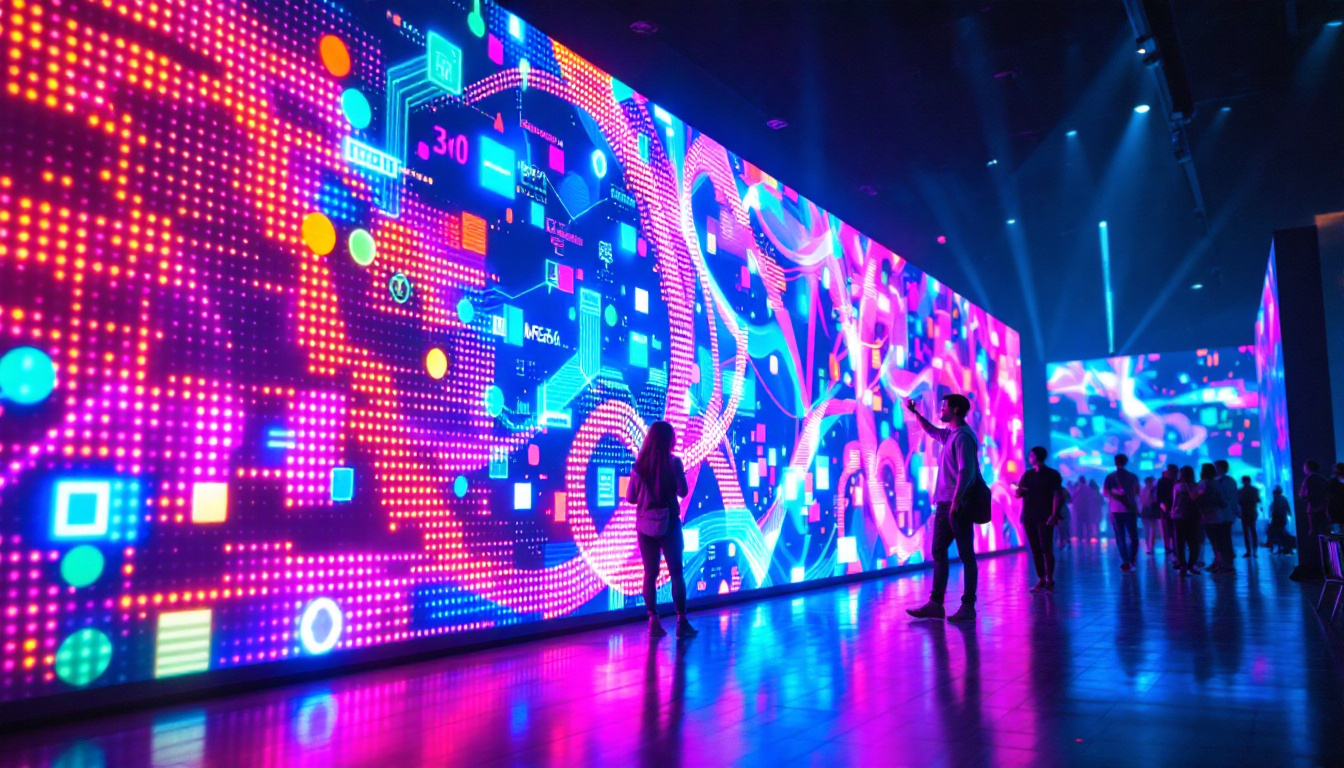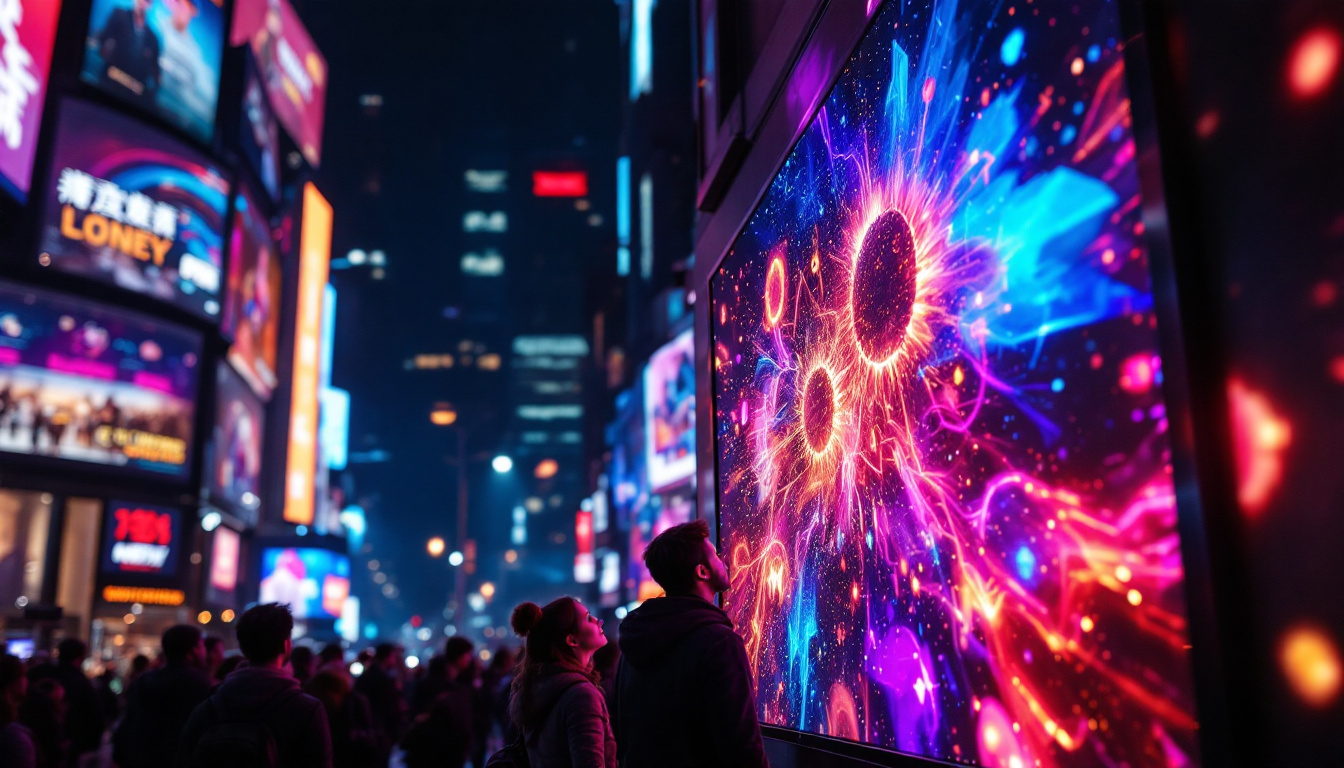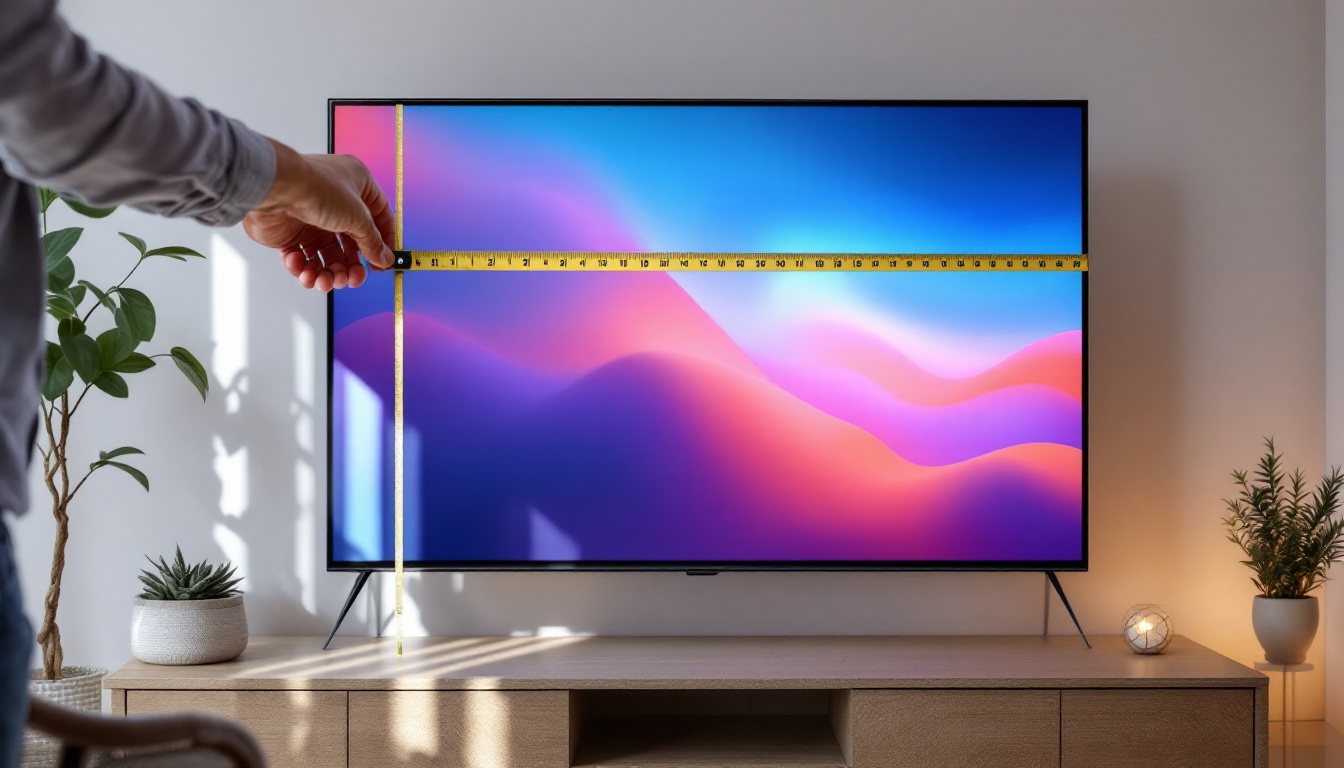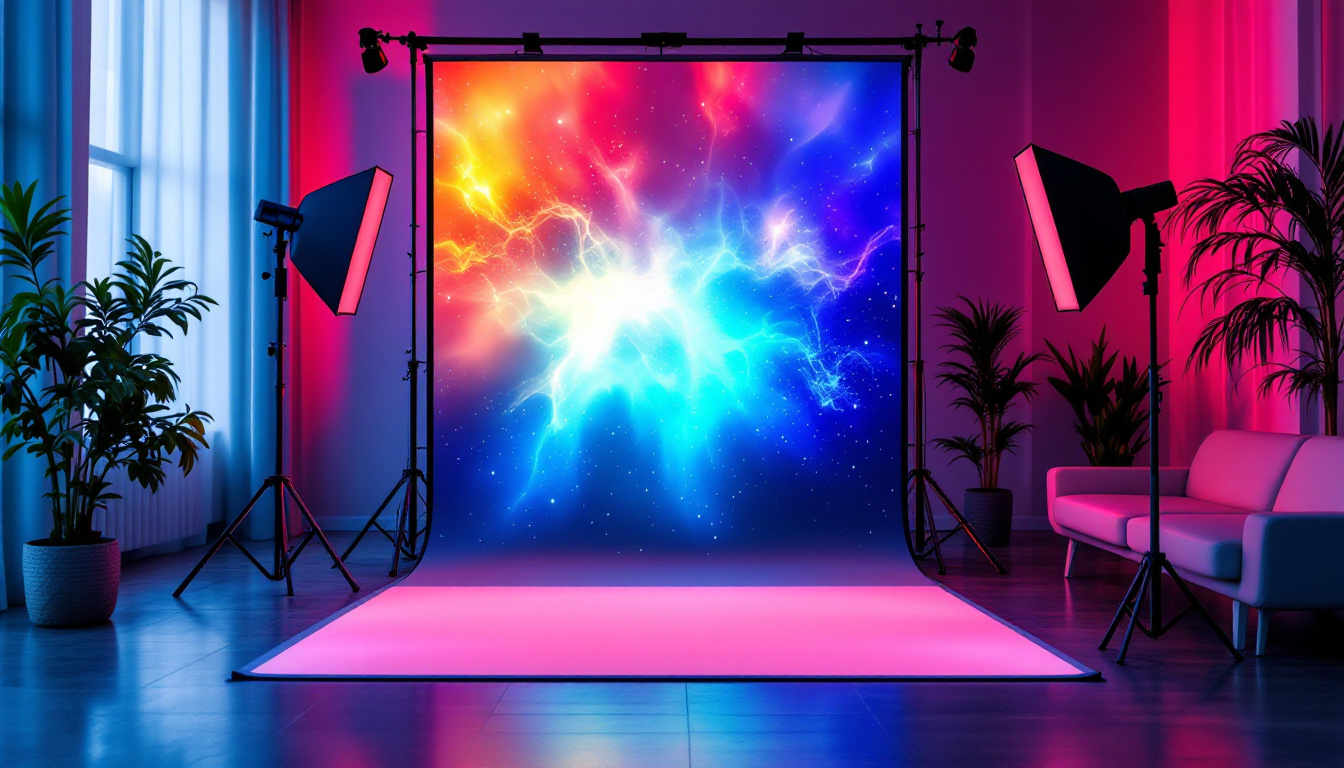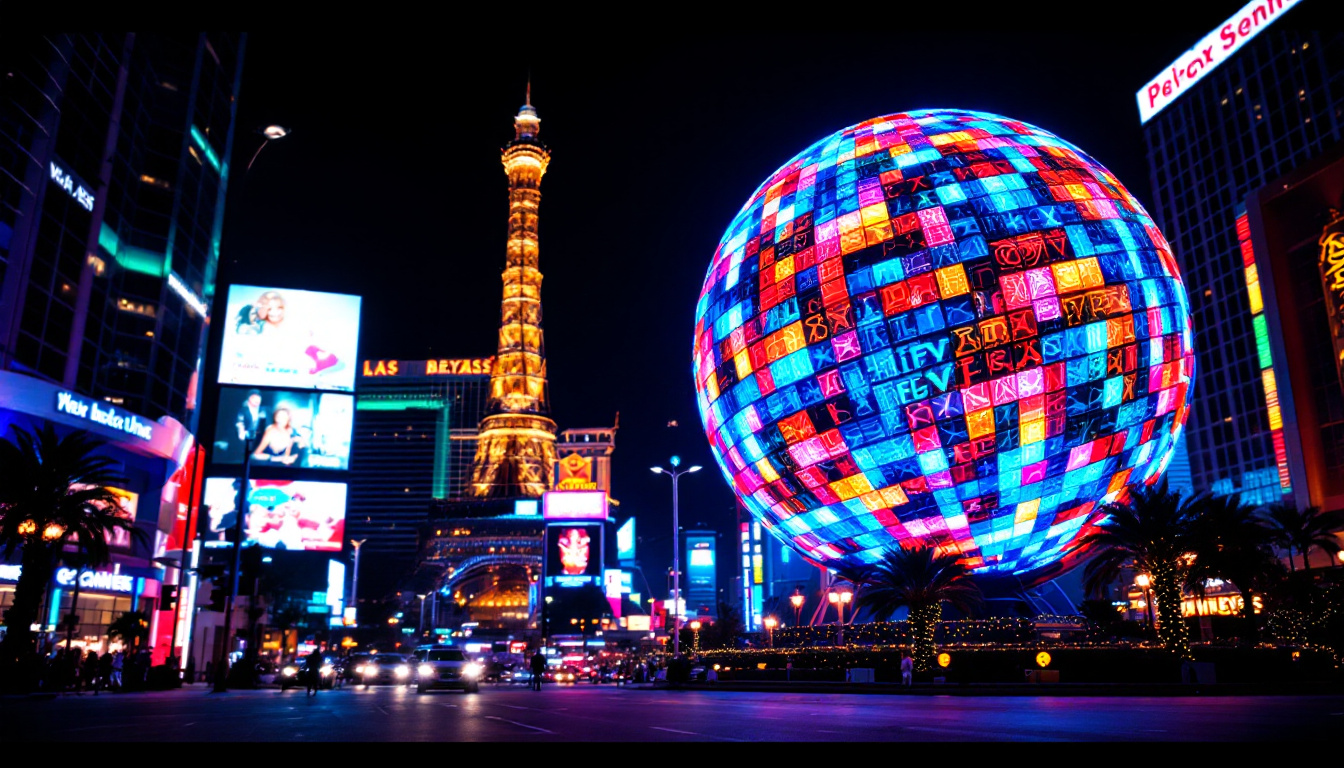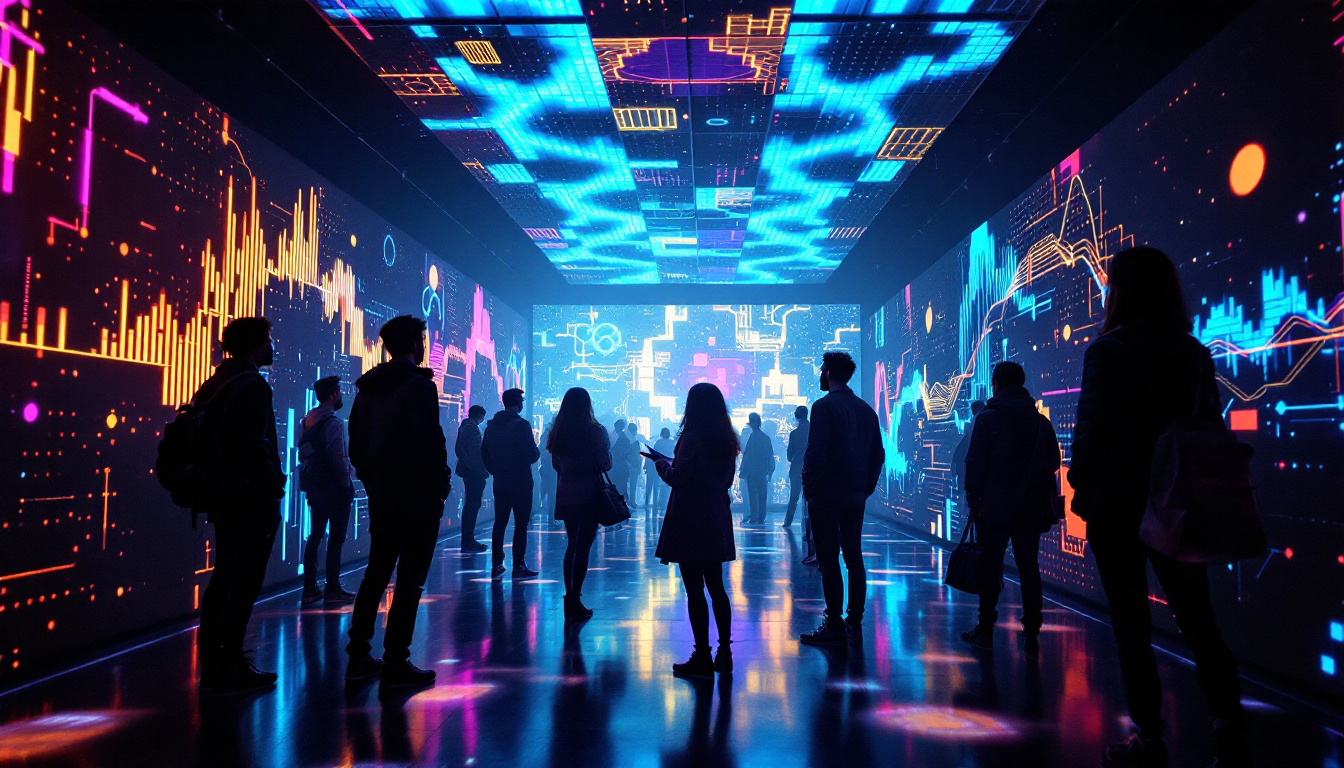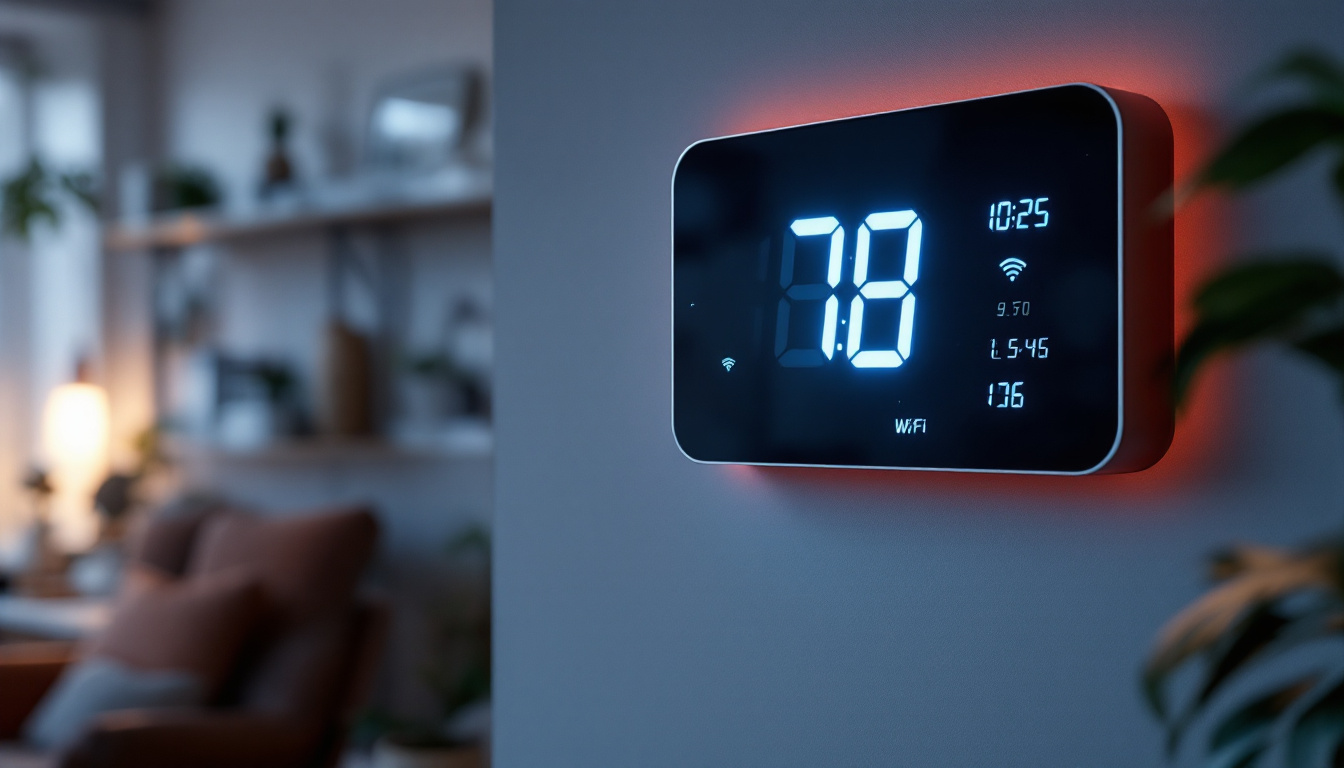In the realm of advertising, outdoor LED billboards have emerged as a powerful tool for brands to reach their target audience. These dynamic displays offer a modern approach to traditional advertising, combining technology with creativity to capture attention. This article delves into the intricacies of outdoor LED billboards, exploring their functionality, benefits, and the future of digital advertising.
Understanding LED Technology
LED, or Light Emitting Diode, technology is at the heart of outdoor billboards. Unlike traditional billboards that rely on printed materials and static images, LED displays use thousands of tiny diodes to create vibrant images and videos. This technology allows for a level of brightness and clarity that can be seen even in direct sunlight, making them ideal for outdoor use. The energy efficiency of LED technology also plays a significant role in its popularity; it consumes less power compared to older lighting technologies, which not only reduces operational costs but also lessens the environmental impact.
How LED Displays Work
LED displays function by illuminating pixels that are composed of red, green, and blue lights. By adjusting the intensity of each color, these displays can produce a wide spectrum of colors and images. The arrangement of these pixels is crucial; they are typically mounted on a grid, allowing for high-resolution images that can be viewed from various distances. Additionally, advancements in LED technology have led to the development of finer pixel pitches, meaning that displays can be placed closer to viewers without sacrificing image quality, enhancing the overall viewing experience.
The control systems behind LED displays are equally sophisticated. They utilize software that can manage content, schedule advertisements, and even monitor the performance of the display in real-time. This level of control enables advertisers to tailor their messages to specific audiences at specific times, maximizing impact. Moreover, many modern LED displays are equipped with sensors that adjust brightness based on ambient light conditions, ensuring optimal visibility at all times, whether during the day or at night.
Types of LED Displays
There are several types of LED displays used in outdoor advertising, each serving different purposes. The most common types include:
- Full-Color Displays: These are capable of displaying a wide range of colors and are typically used for video advertisements. Their ability to showcase dynamic content makes them particularly effective in capturing the attention of passersby.
- Monochrome Displays: These displays use a single color (often red or green) and are generally used for simpler messages, such as time and temperature. Despite their simplicity, they can be highly effective for straightforward communication in high-traffic areas.
- Tri-Color Displays: Utilizing three colors, these displays can convey more information than monochrome displays but are less vibrant than full-color options. They often serve as a cost-effective solution for businesses looking to enhance their visibility without the need for full-color capabilities.
In addition to these common types, there are also specialized LED displays designed for specific applications. For instance, transparent LED displays are gaining popularity in retail environments, allowing for eye-catching advertisements while still providing visibility into the store. Furthermore, flexible LED screens are emerging, enabling creative installations that can wrap around structures or fit into unconventional spaces, pushing the boundaries of outdoor advertising even further. As technology continues to evolve, the possibilities for LED displays in advertising are becoming increasingly expansive, offering new ways to engage with audiences in a visually stunning manner.
The Advantages of Outdoor LED Billboards
Outdoor LED billboards offer numerous advantages over traditional advertising methods, making them a popular choice for businesses looking to enhance their visibility.
High Visibility and Impact
One of the most significant benefits of outdoor LED billboards is their visibility. The bright, dynamic displays can attract attention from a distance, ensuring that messages are seen by a larger audience. This high visibility is particularly beneficial in urban areas where competition for attention is fierce.
Moreover, the ability to change content frequently allows advertisers to keep their messages fresh and relevant. This adaptability can lead to higher engagement rates, as passersby are more likely to notice new content compared to static advertisements that remain unchanged for extended periods.
Cost-Effectiveness
While the initial investment in LED technology can be substantial, the long-term cost-effectiveness is undeniable. Traditional billboards require regular maintenance and replacement of printed materials, which can add up over time. In contrast, LED displays require minimal maintenance and can be updated remotely, reducing operational costs significantly.
Additionally, the ability to run multiple advertisements on a single display means that businesses can share costs, making it a more economical option for smaller brands looking to make an impact.
Environmental Benefits
Outdoor LED billboards are also more environmentally friendly than their traditional counterparts. They consume less energy, and many modern displays are designed to be energy-efficient, reducing the carbon footprint associated with advertising. Furthermore, the reduction in waste from printed materials contributes to a more sustainable advertising model.
Challenges and Considerations
Despite their many advantages, outdoor LED billboards are not without challenges. Understanding these challenges is crucial for businesses considering this advertising medium.
Initial Investment and Installation
The upfront cost of purchasing and installing an outdoor LED billboard can be a barrier for some businesses. High-quality displays can be expensive, and the installation process may require specialized expertise. However, many companies offer leasing options that can mitigate these costs, allowing businesses to access the technology without a significant initial outlay.
Regulatory and Zoning Issues
Outdoor advertising is often subject to strict regulations and zoning laws. Before installing an LED billboard, businesses must navigate local ordinances, which can vary widely. This may include restrictions on brightness, size, and even content. Understanding these regulations is essential to avoid legal complications and ensure compliance.
Content Management and Strategy
Creating effective content for LED displays requires a strategic approach. Advertisers must consider factors such as audience demographics, location, and timing to maximize the impact of their messages. Additionally, the fast-paced nature of LED advertising means that content must be concise and engaging, which can be a challenge for some brands.
Future Trends in Outdoor LED Advertising
The landscape of outdoor advertising is constantly evolving, and LED technology is at the forefront of this transformation. Several trends are emerging that are likely to shape the future of outdoor LED billboards.
Integration with Smart Technology
As smart technology becomes more prevalent, the integration of LED billboards with data analytics and artificial intelligence is on the rise. Advertisers can leverage data to create targeted campaigns that resonate with specific audiences. This includes real-time adjustments based on factors such as weather, traffic patterns, and local events.
Moreover, the use of geolocation technology can enhance the effectiveness of outdoor advertising. By tailoring messages to individuals based on their location, brands can create a more personalized experience that drives engagement and conversion.
Interactive Displays
Another exciting trend is the development of interactive LED displays. These billboards can engage viewers in real-time, allowing them to interact with the content through their smartphones or other devices. This interactivity not only enhances user experience but also encourages social sharing, amplifying the reach of advertising campaigns.
Augmented Reality (AR) Integration
Augmented reality is making its way into outdoor advertising, providing a unique way to engage audiences. By combining AR with LED displays, brands can create immersive experiences that captivate viewers. This innovative approach can transform a simple advertisement into an interactive journey, leaving a lasting impression on potential customers.
Case Studies: Successful Outdoor LED Billboard Campaigns
Examining successful outdoor LED billboard campaigns can provide valuable insights into effective strategies and best practices. Here are a few notable examples.
Major Sports Events
During major sports events, brands often leverage outdoor LED billboards to capture the attention of fans. For instance, during the Super Bowl, companies like Coca-Cola and Budweiser have utilized LED displays to showcase their commercials in real-time, creating a buzz around their products. These campaigns not only enhance brand visibility but also create a sense of excitement and engagement among viewers.
Tourism Promotions
Tourism boards have also found success with outdoor LED billboards. By showcasing stunning visuals of local attractions, they can entice potential visitors. For example, a city might use LED displays to highlight upcoming festivals or events, drawing in tourists who may not have considered visiting otherwise. The dynamic nature of LED technology allows for vibrant imagery that can effectively capture the essence of a destination.
Retail Promotions
Retailers have embraced outdoor LED billboards to promote sales and special events. A well-placed LED billboard can drive foot traffic to a store, especially when combined with time-sensitive offers. For instance, a clothing retailer might use an LED display to announce a flash sale, creating urgency and encouraging immediate action from potential customers.
Conclusion
Outdoor LED billboards represent a significant advancement in advertising technology, offering a dynamic and engaging way for brands to connect with their audiences. While there are challenges to consider, the benefits far outweigh the drawbacks for many businesses. As technology continues to evolve, the potential for outdoor LED displays will only grow, paving the way for more innovative and effective advertising strategies.
In an increasingly digital world, outdoor LED billboards stand out as a beacon of creativity and engagement, proving that traditional advertising methods can be revitalized through technology. As brands continue to explore the possibilities of this medium, the future of outdoor advertising looks bright.
Illuminate Your Brand with LumenMatrix
Ready to elevate your advertising strategy and captivate your audience with unparalleled clarity? Discover how LumenMatrix, a pioneer in LED display technology, can transform your brand’s visibility. From mesmerizing Indoor and Outdoor LED Wall Displays to innovative Vehicle and Sports LED Displays, our solutions are designed to create immersive visual experiences that engage and inspire. Embrace the future of visual communication with our Custom, All-in-One, and Transparent LED Displays. Don’t just take our word for it; check out LumenMatrix LED Display Solutions today and see the difference for yourself!

